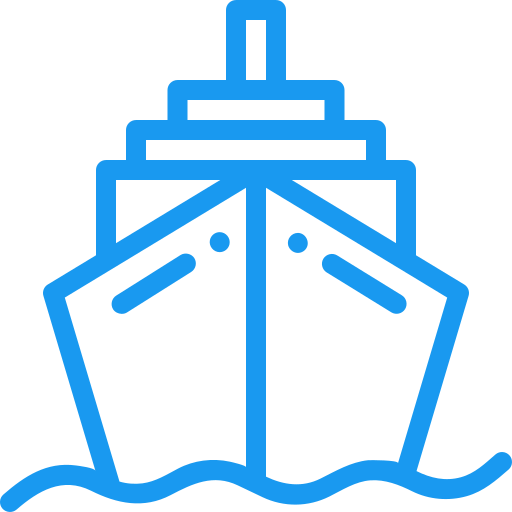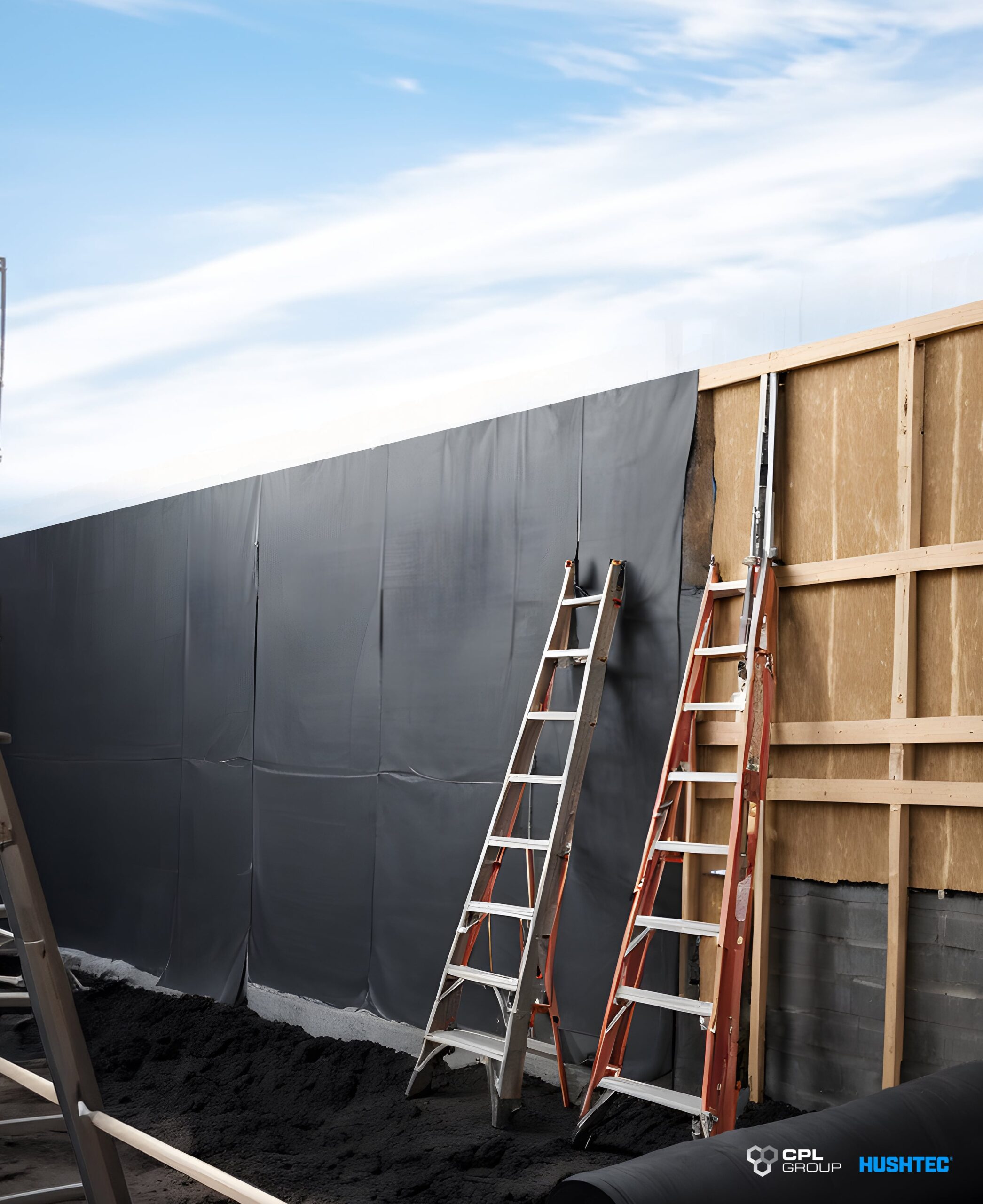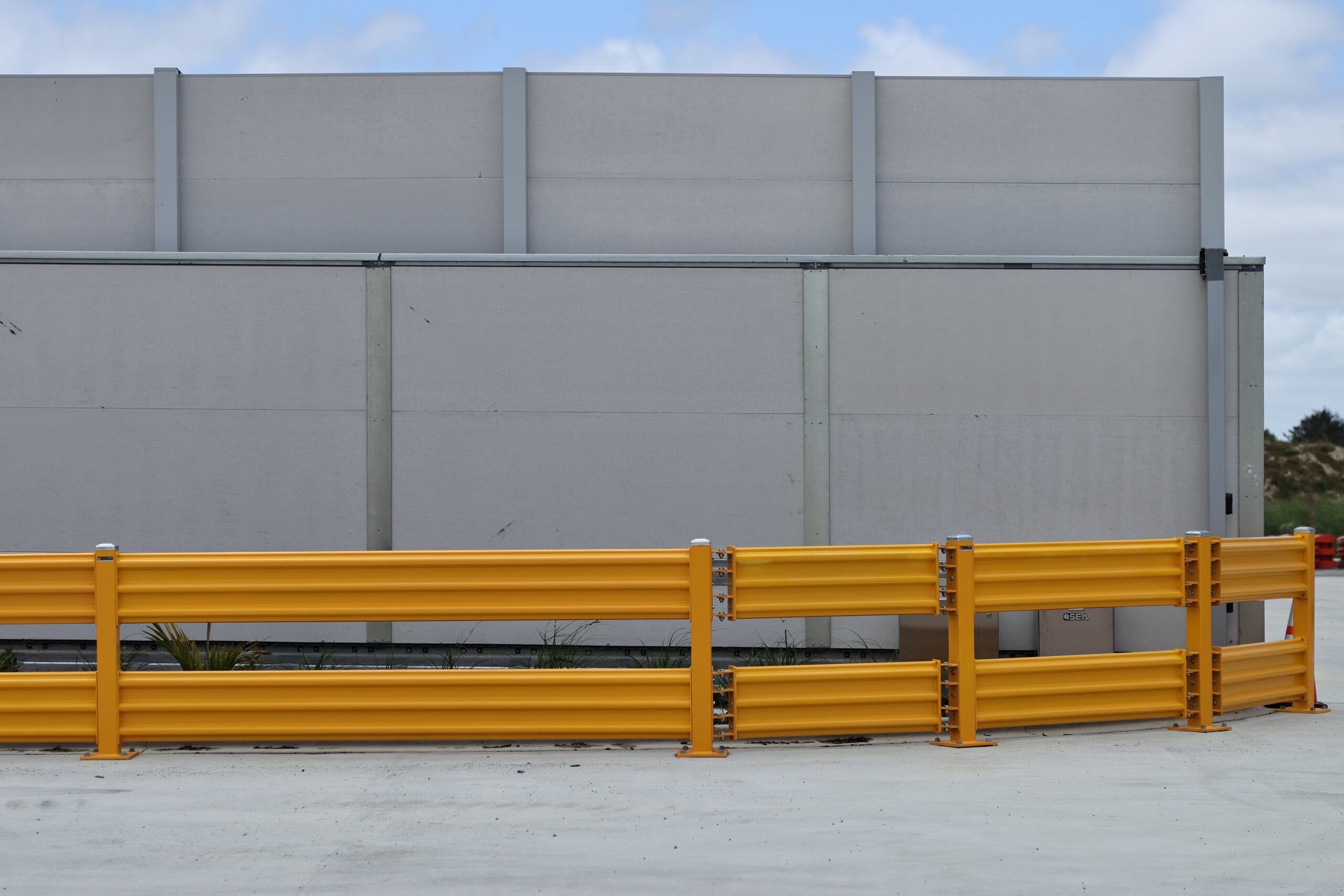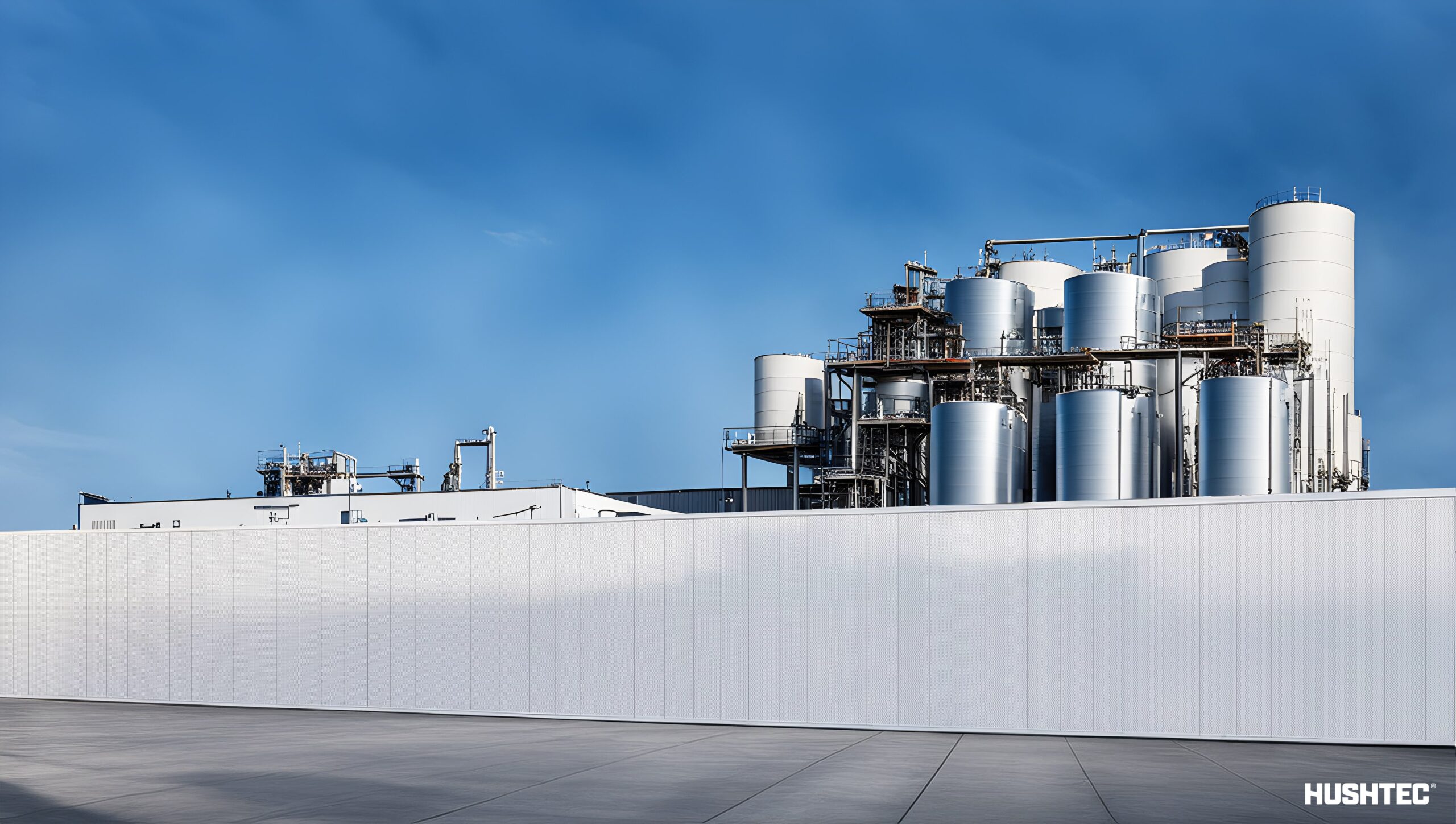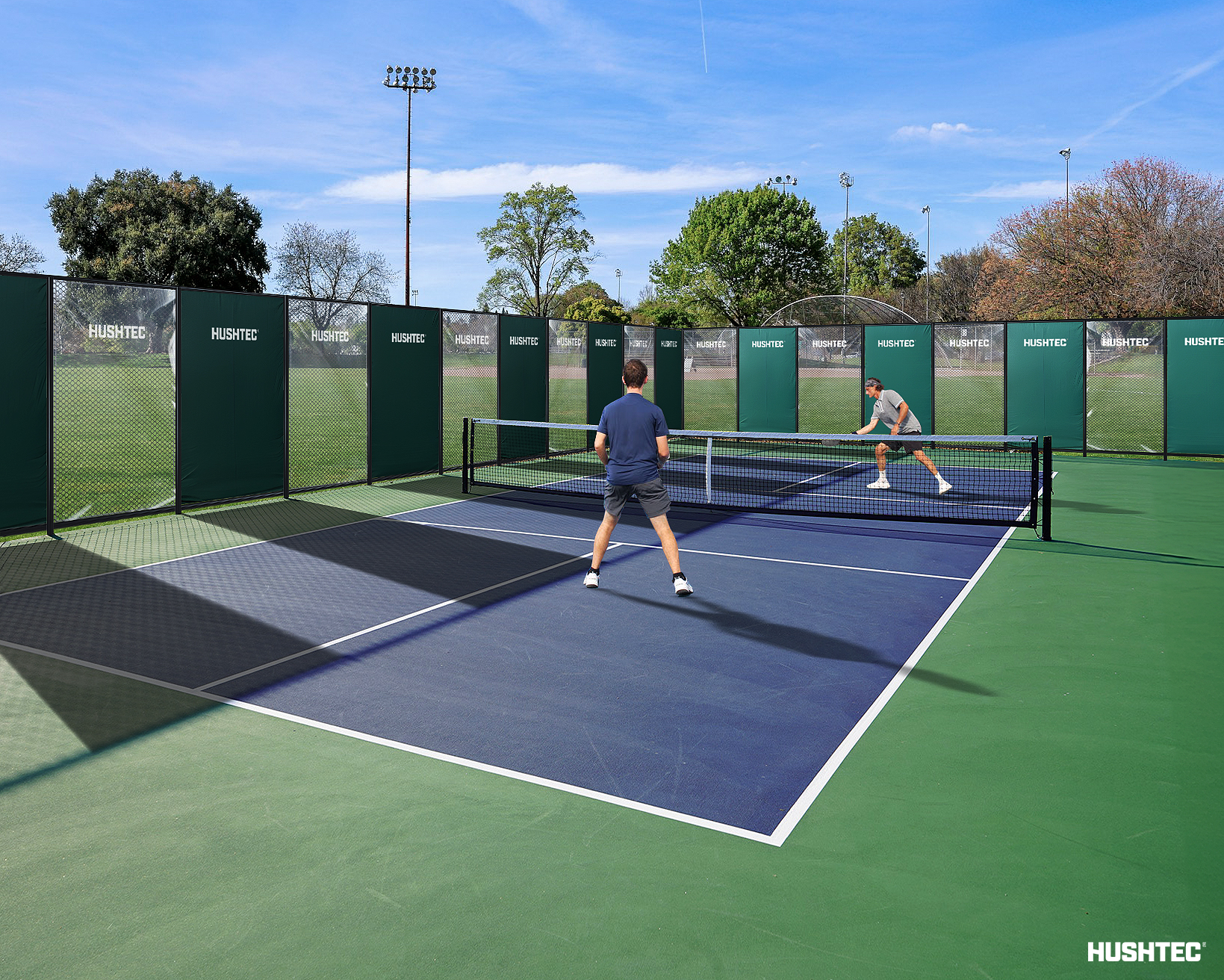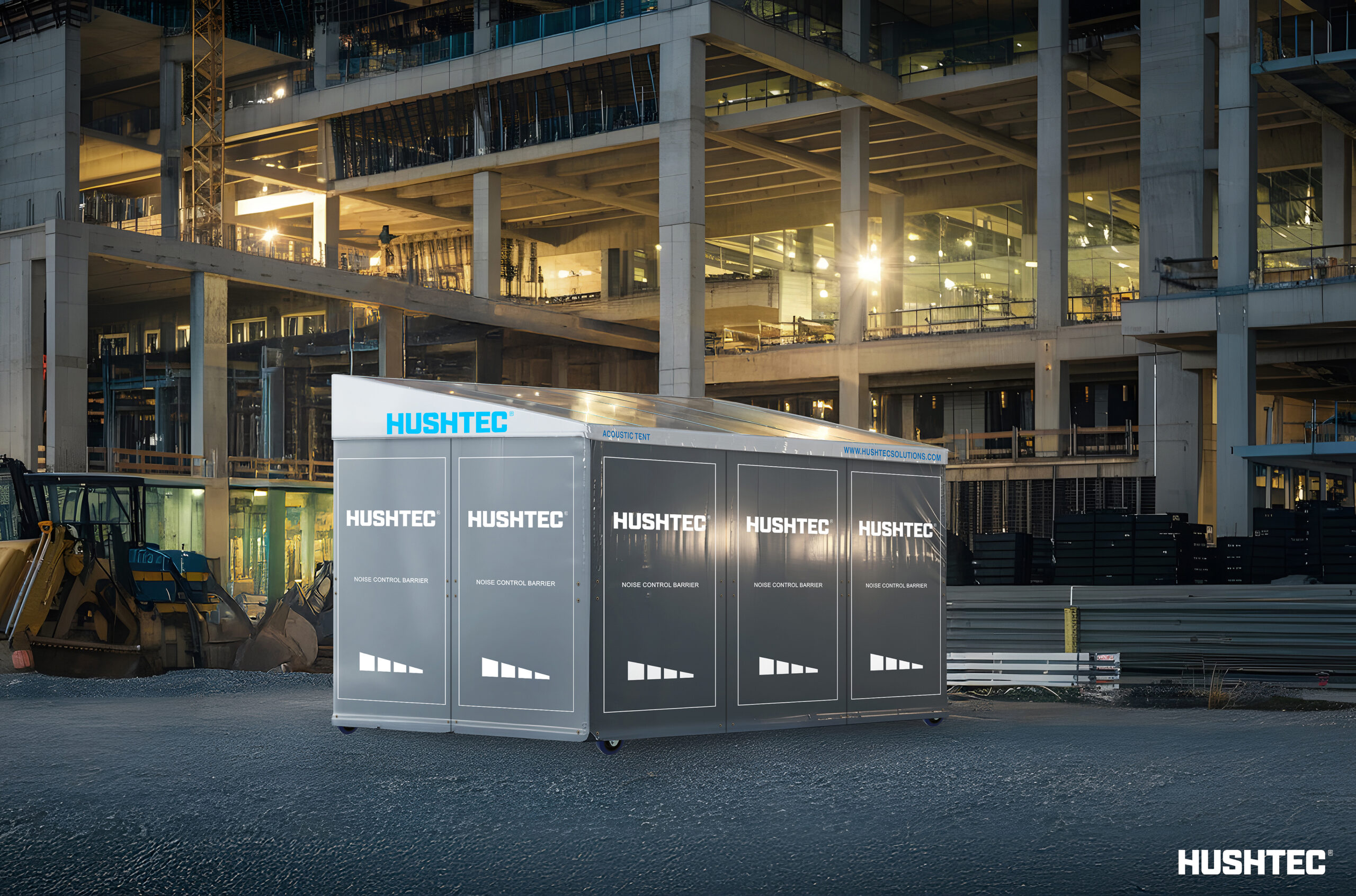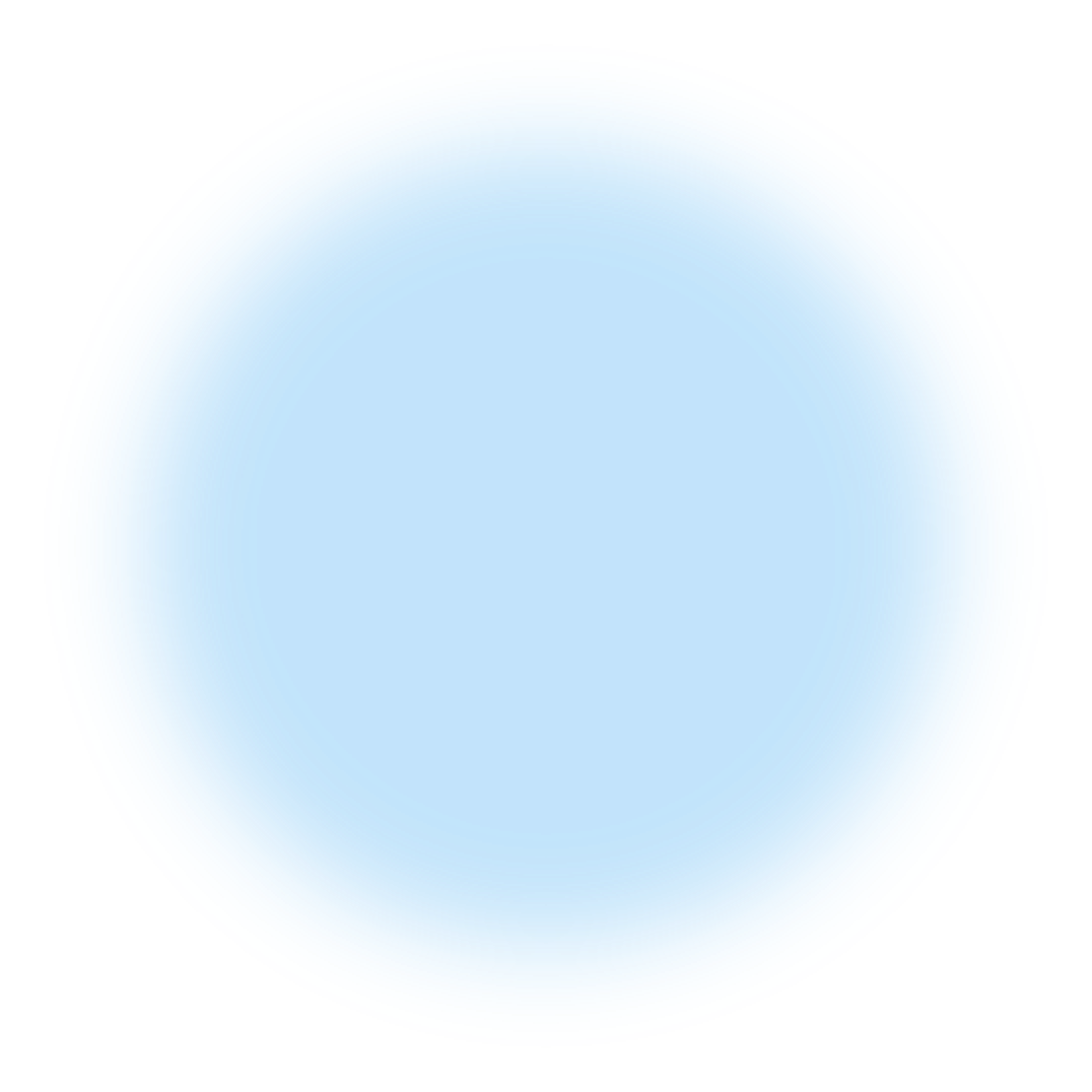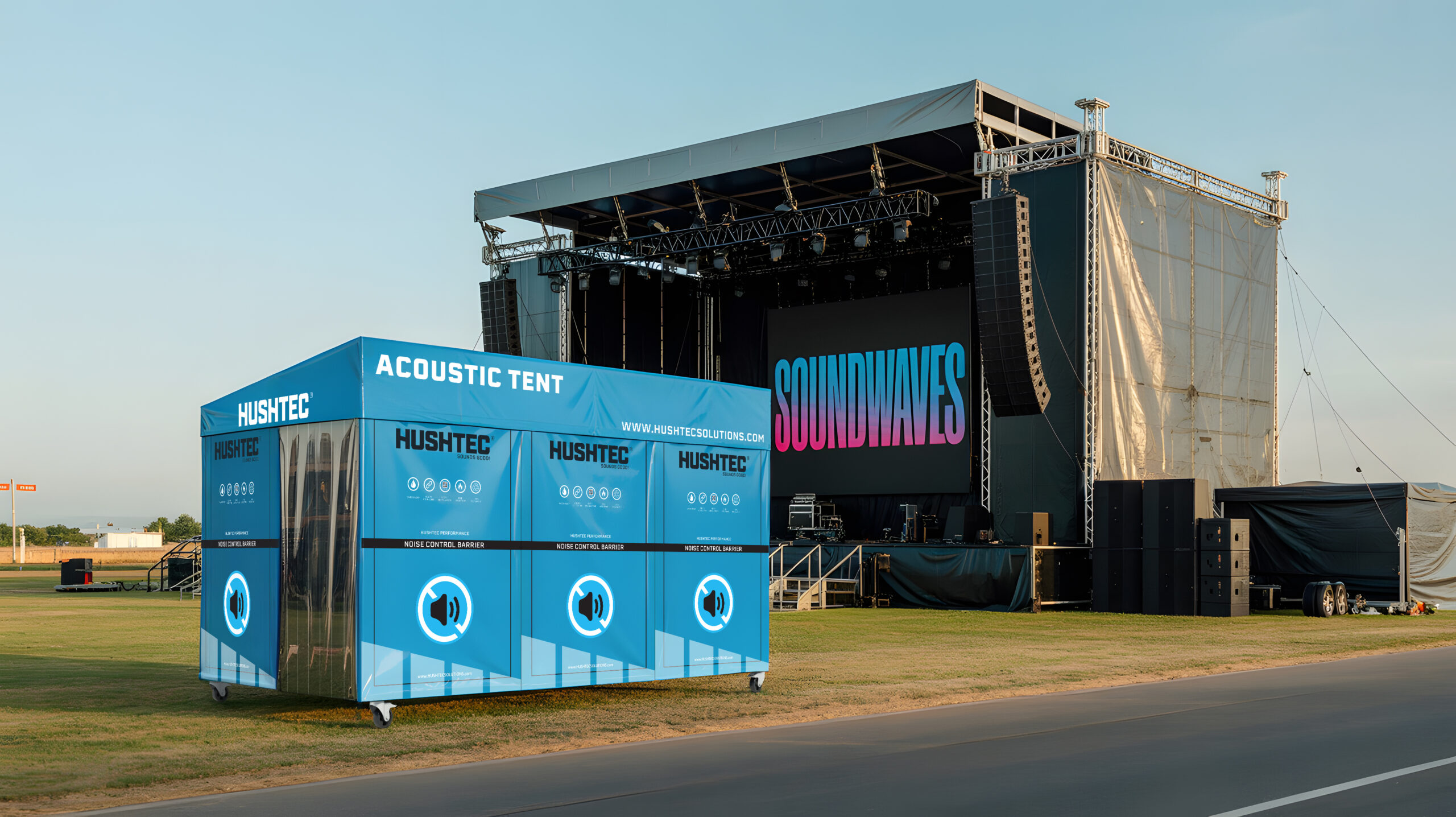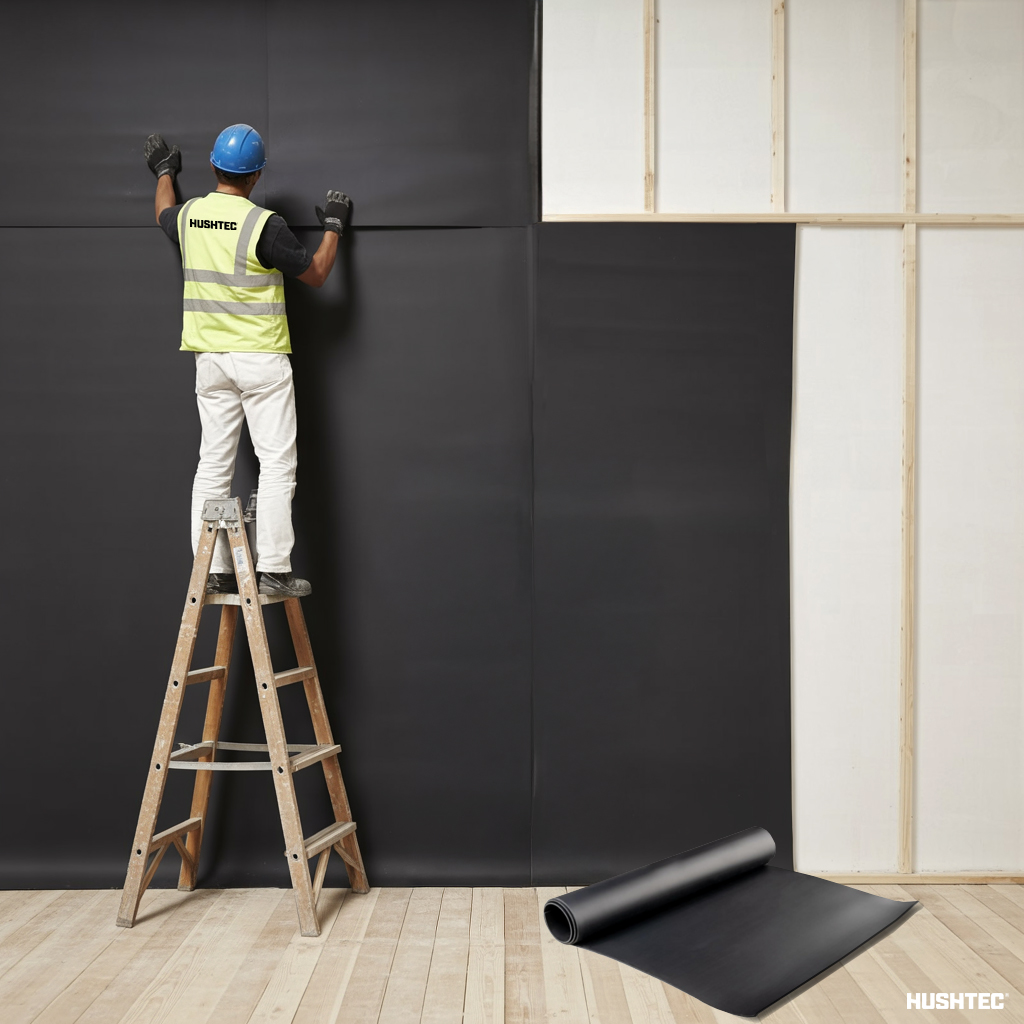
In today’s fast-paced industrial environments, managing noise levels isn’t just about comfort, compliance, safety, productivity, and employee well-being. Excessive machinery, equipment, and structural vibration noise can lead to hearing loss, operational inefficiencies, and even OSHA violations. That’s where Hushtec MLV (Mass Loaded Vinyl) comes in—offering custom-engineered soundproofing solutions that tackle industrial noise at the source. […]









